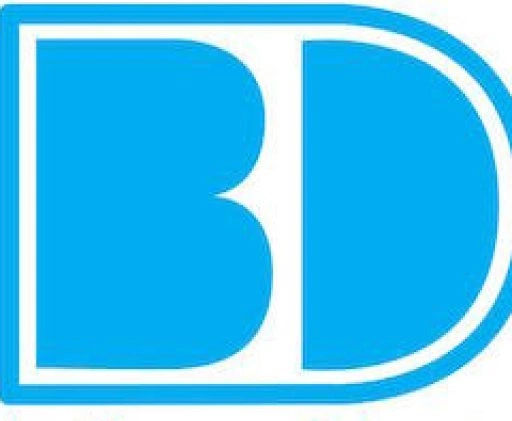As far back as I can remember, I have always loved the movies. The glitz and the glamour of the world of dreams we call cinema gives it an irresistible charm. In today’s age things either evolve or become obsolete. We live in a competitive age where adaptability is the panacea for success. The movie viewing experience too comes a long way since its formative years. From the silent era of 1920s to today’s modern age, the cinema has experienced quite a dramatic transformation. The experience of going to the movies—be it a single screen theatre, twin, multiplex or drive-in—is affected by many different factors that have gradually changed over the years. Almost everything about the movies, right from how they are made, copied, distributed and viewed, has undergone some change or the other. This change in the moviegoing experience, for better or for worse, is worth studying. But, has anyone ever tried to study or document these changes? Well, if you are curious to find a cogent answer then Richard W. Haines “The Moviegoing Experience, 1968-2001” is precisely what you need!
Haines’ multifaceted work examines in great depth the American movie going experience from 1968 to 2001.
(i) The way in which movies are made and regulated, including the demise of the Production Code and the emergence of the ratings system.
(ii) Changes in lighting, cinematography and coloring techniques.
(iii) The projection practices of the past and present, during and after the presence of the Projectionists Union, and the advent of the “platter,” which allowed for automated projection.
(iv) How home video and cable affected the content of films after the eighties and the history of computerized special effects leading to the development of digital cinema projection.
(v) The changing types of venues over the last third of a century and other aspects that affect, positively or negatively, the entire moviegoing experience.
The learned author was kind enough to share his valuable thoughts with “A Potpourri of Vestiges”:
“What I did was describe the Roadshow 70mm presentation of ‘2001: A Space Odyssey‘ in 1968 and compare it to a typical megaplex 35mm presentation in 2001 to illustrate the changes of how movies were shown in theaters.“
“The demise of Technicolor and 70mm along with single screen cinemas that had curtains and reserved seats are discussed and why earlier distribution formulas changed.
“I even discuss the possibility of film disappearing and being replaced by digital projection which has come to pass along with the problems associated with the preservation of digital data.“
“Other topics I discuss include revival theaters, the demise of drive-ins and film restorations.“
All in all, the book a must read for any cinema lover or historian. It is available on Amazon.
Written By:- Murtaza Ali
Originally Posted:- A Potpourri of Vestiges





